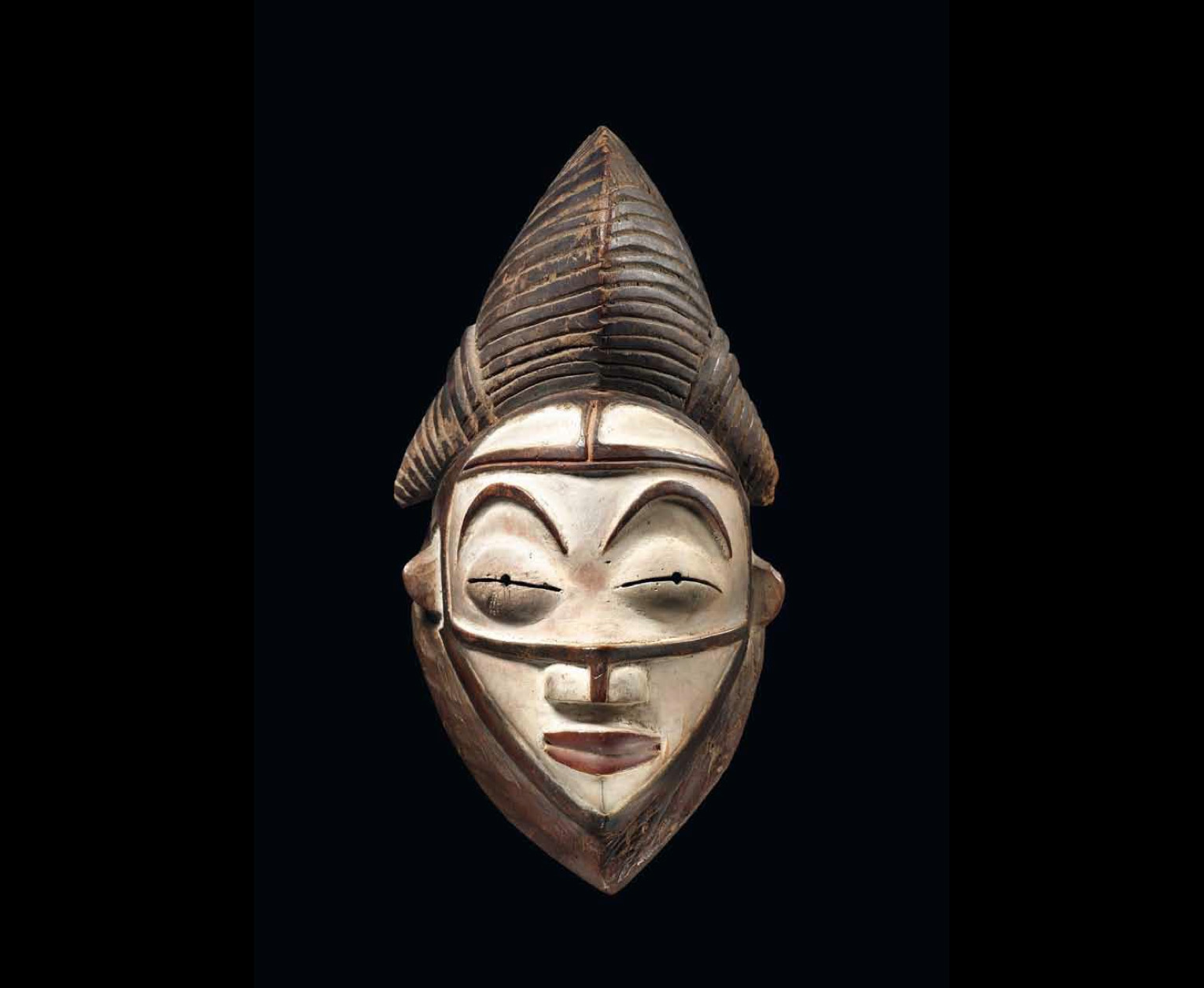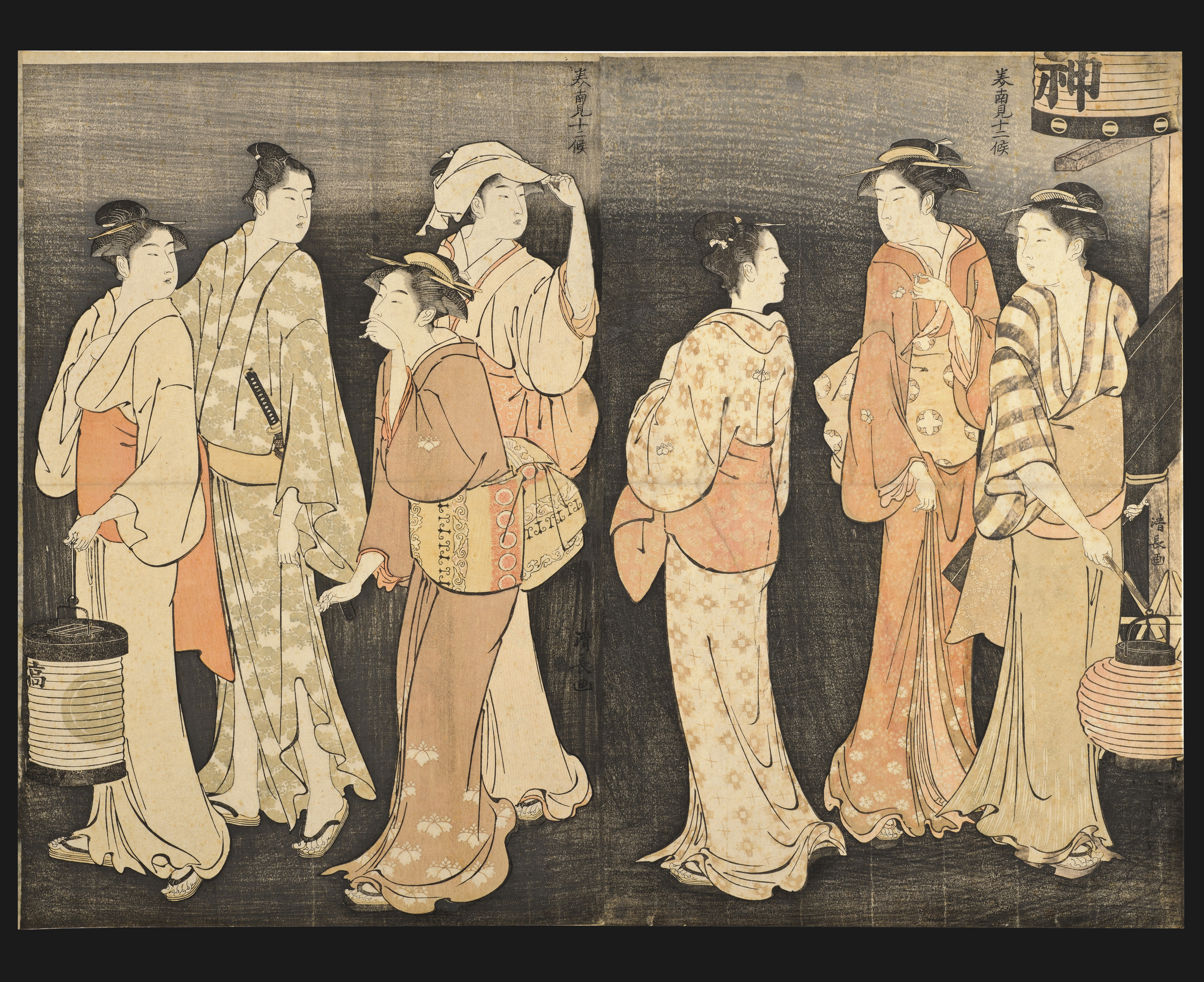Tribal art remains a big draw for the Swiss

Switzerland doesn’t have a colonial past like many other European countries. This meant Swiss collectors were some of the first to look at international art from a critical rather than curio perspective.
Collections of tribal art – the visual arts and material culture of indigenous peoples – have flourished in Switzerland, where the tribal art scene is not the only thing to prosper: the debate about where art belongs rears its head regularly too.
“The Swiss are an extremely curious people – the first ethnographic collection in the world was established in Neuchâtel over 200 years ago,” said Charles-Edouard Duflon, an expert in tribal art at the Témoin gallery in Geneva.
When it comes to collections of tribal art, Switzerland leads the world. The private collections of Barbier-Mueller and Baur in Geneva, Rietberg in Zurich and Abegg in Riggisberg may not ring a bell with the general public, but are known the world over by tribal art aficionados.
More than 20 Swiss museums also house special collections of tribal art. “France is a former colonial power, yet its collections of tribal art pale in comparison. The museum of non-Western civilisations at Quai Branly in Paris only opened in 2006,” Duflon said.
No political taboo on art
Switzerland was never a colonial power, but from the 18th century many young Swiss, finding their country devoid in resources for creating wealth, left the country to seek their fortune. Many ended up as missionaries in countries that had been colonised by other countries, and when they came home, they brought pieces of art with them.
Duflon reckons Switzerland is home to many of the most impressive works of tribal art. “The Vatican only has the best of the rest.”
The missionaries may have seen the pieces as not just art. “Missionaries were tasked with spreading Christianity and often asked the converted to distance themselves from their old beliefs,” he said. “Masks and other ritual objects were often destroyed, but the most beautiful ones were prized and taken back to Europe.”
Mercenaries displayed a perhaps unexpected side to their character by bringing back pieces of art from their trails and missions.
One of the most noteworthy warriors, General Charles Daniel de Meuron, whose regiment was sent to the Cape of Good Hope in 1783 by the Dutch East India company, is the main figure behind that Neuchâtel collection and its ethnological institute.
Businessmen, entrepreneurs and farmers also left Switzerland in order to seek their fortune and brought back pieces that they liked.
Jean-François Staszak, professor of cultural geography at Geneva University, reckons Switzerland can thank its non-colonialism for its tribal art holdings. Switzerland never had an empire, and so “there is no political taboo – the art can’t rake over any collective memories, unlike, say, in France”.
There is a flipside to this, however. “Swiss people know there was no political colonisation. But businesses also have a colonial past in chocolate, cotton, banking and insurance industries, for example.”
Unscientific pioneers
Crucially, European artists played a big part in developing awareness and recognition of tribal art. Fauvism, cubism and expressionism all found new dimensions and inspiration in tribal art.
Anna Schmid, director of Basel’s ethnological museum, links tribal art with Europe’s most accomplished artists.
“In 1905, Picasso became one of the first artists to take inspiration from African sculptures. Gauguin is another example, with his passion for Tahiti and paradisiacal paintings.”
Once tribal art had made its place in the art world, individual pieces began to grow in value.
Boris Wastiau, director of Geneva’s ethnological museum, reckons tribal art should often be considered as antiques.
“These pieces are rare and not easily reproduced, because the reason they were created no longer exists. It’s a market full of potential because these pieces still have rather low price tags and there’s no reason for prices to stay where they are.”
This is also a market that is weathering the financial crisis well. “Sales have been going up constantly for around 50 years,” Duflon noted.
The pieces he thinks are the most popular are “the masks and sculptures from Hawaii and Polynesia. A few masterpieces from the [17th century] have reached $20-25 million (SFr18.5-23.2 million).”
He also gives the example of an Easter Island statue, bought 20 years ago for $20,000 and sold recently for $500,000.
Keep or give back?
In recent years, some countries have demanded the return of works of art in the belief that their art and their history had been pillaged. Whether it be treasures of antiquity, ritual objects, mummies or relics, an easy solution is rare.
“You don’t find many interesting artefacts in Africa nowadays, but, curiously, few African countries formally present cases for restitution,” according to Anna Schmid.
Jean-François Staszak believed “not many affected countries have the facilities needed to conserve these objects”.
He also noted that many objects had been abandoned because they had lost their functional purpose.
“In ‘saving’ these objects, the collectors played a conservation role. But in giving these objects an aesthetic value, there was something of a cheat going on because in the original country these objects would not have had the status of an artwork.”
Boris Wastiau is generally in favour of restitutions. “If the request is justifiable, there is no need to oppose it, especially when it comes to relics and human remains. Legislation on this is getting better all the time.”
But how far do you extend the principle? Should spoils from the Napoleonic wars be returned to their original homelands?
“If you want a uniformity of approach, you have to fix terms beyond which restitution is no longer possible, rather similar to what was done with the wealth acquired by Nazis from Jewish victims,” he said.
The expression “primitive arts” was born out of European colonialism. It referred to artefacts from so-called “traditional”, “illiterate” or “primitive” societies and cultures.
Tribal arts could refer to pre-Columbian art, traditional African art, Inuit or Oceanic arts – generally works executed by native peoples.
Basel’s ethnological museum has 300,000 objects and 50,000 photos. It was founded in 1849.
Geneva’s ethnological museum opened its doors in 1901. There are 80,000 objects in its collection as well as 300,000 documents.
The Barbier-Mueller collection, which is owned by a Geneva family, has around 7,000 pieces in both Geneva and in Cape Town, South Africa. It is reckoned to be one of the world’s most prestigious collections.
1970: Unesco puts forward a convention on the Means of Prohibiting and Preventing the Illicit Import, Export and Transfer of Ownership of Cultural Property – Switzerland ratifies this in 2003.
2005: Switzerland adopts a law on the transfer of cultural property, to prevent “theft, pillage and illegal import and export”.
Switzerland works with the International Council of Museums (ICOM). This body was created in 1946 by museum professionals and is attached to Unesco. It is an NGO that has 30,000 members in 137 countries. It publishes a “Red List” for customs officials, a list of sensitive cultural objects that should not be allowed to be exported.
Switzerland is among the top five countries in the world for the transfer of cultural property. It is estimated that goods worth SFr2 billion crossed its borders in 2007.
(Translated from French by Victoria Morgan)

In compliance with the JTI standards
More: SWI swissinfo.ch certified by the Journalism Trust Initiative


You can find an overview of ongoing debates with our journalists here. Please join us!
If you want to start a conversation about a topic raised in this article or want to report factual errors, email us at english@swissinfo.ch.